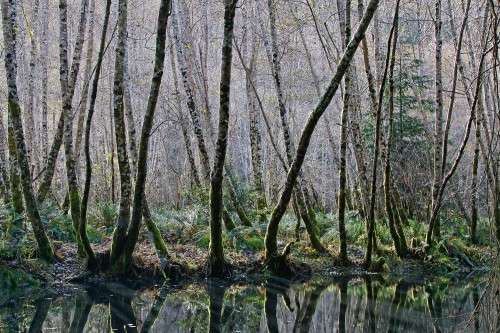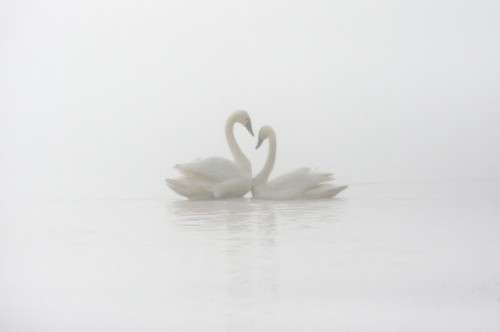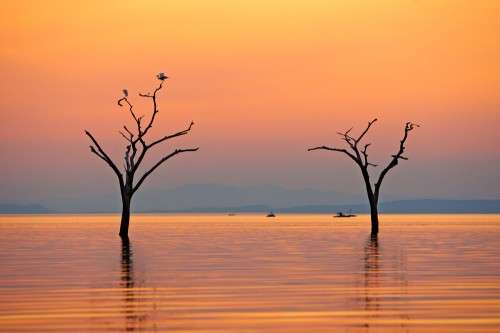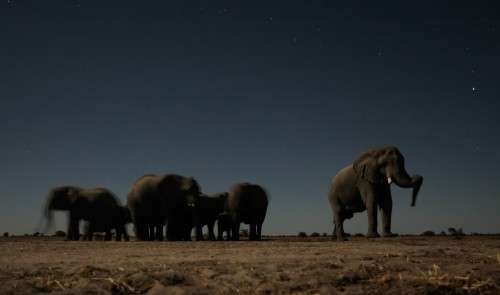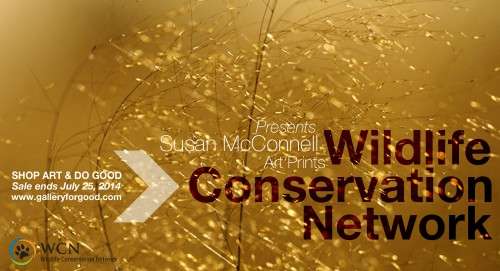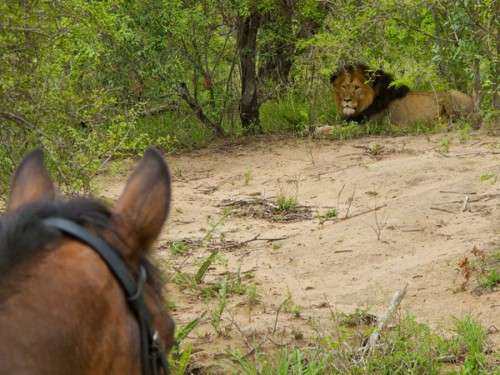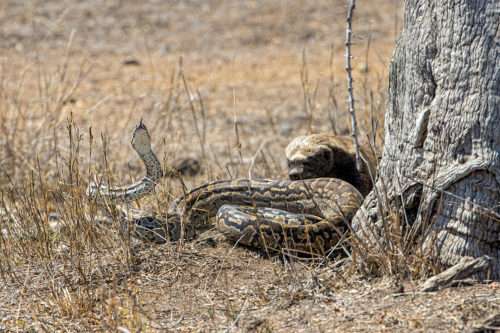Marc Chafiian, co-founder of Gallery for Good, asked me some questions about inspiration, passion, epiphanies, protection of wildlife, and my current Gallery for Good exhibition. The exhibition will run through July 25, 2014, and Gallery for Good will donate one-third of the proceeds from sales to the Wildlife Conservation Network. I pledge to donate my third as well, so two-thirds of the proceeds will go to protect wildlife and support conservationists working in the field.
What makes this collection for Gallery for Good and the Wildlife Conservation Network so special?
The collection consists of a diverse set of photos that portray wildlife and habitats that need to be protected and preserved. I am excited that a third of the proceeds from art sales will go directly to the Wildlife Conservation Network, and I pledge to donate my own share of the proceeds to WCN as well. WCN saves wildlife by raising funds to support independent conservationists who work with a wide variety of species all across the world, some of which are included in this collection. WCN also provides conservationists with training that enables them to build connections and strong, sustainable organizations, and to share research tools and strategies for engaging local communities in conservation. I hope that this collection of images will help connect viewers to some of the species and places that are in need of protection, and remind us of the spectacular diversity of wildlife found all over the planet, including our own back yards.
What were you thinking when you took the photographs that you are displaying for Gallery for Good?
For a long time I had an ambivalent relationship with photography—although I loved strong, emotional images of wildlife and the natural world, I worried that experiencing nature though a viewfinder limits and distorts what one might otherwise see. I feared that taking pictures subverts experience, that it becomes the experience. But nearly a decade ago, while photographing a polar bear in Svalbard, I had an epiphany. I understood at that moment that I am never more deeply engaged with nature as I am when taking pictures. I was entirely focused, completely present, attuned to subtle changes in the bear’s posture that would predict her next move. Even though my fingers were nearly frozen, I’m not sure that I’ve ever been happier. Now when I’m out with my camera, I’m increasingly aware of an internal creative dialog in which I’m constantly questioning what story I’m trying to tell and whether there is a different angle on the scene that might provide a more compelling perspective, both physically and emotionally. I want the viewer to connect with the subject of the photo, so I try to be very aware of feelings inherent in the scene and frame the shot in a way that conveys that emotion.
Why are you passionate about wildlife?
When I was a little girl, I wanted to be Jane Goodall, or someone just like her. I was (and remain) in awe of Goodall’s connection to wild animals, her interest in their natural behavior, and her commitment to conservation. Interestingly, although quite a bit has been written about what draws people to wilderness, there is very little about why people are fascinated with wildlife. I think we identify with the intelligence and complex social relationships of animals like chimps and elephants. We find babies of just about every species adorable, and we’re both enthralled and repelled by the power of predators like lions. Because I’m a scientist as well as a photographer, I have long been fascinated by research on animal behavior. Sadly, many of my friends and colleagues who would like nothing better than to study the social lives of honey badgers and cheetahs and rhinos have realized that there is a much more pressing issue—whether honey badgers and cheetahs and rhinos will continue to exist in the wild. Many of these scientists are now devoting their careers to conservation work and the preservation of species and the habitats in which they live.
What’s the best way forward for survival of species and protection of their habitats?
The purist in me wishes that people would protect species and habitats simply because we value and appreciate the diversity of life on Earth. But the practical part of me thinks a more effective strategy is to understand how deeply interconnected our own survival is with the health of the planet and its ecosystems. Healthy forests filter our water and protect watersheds. Rainforests are the lungs of the world, removing carbon dioxide from the atmosphere. The tiny plankton that live in oceans provide us with more than half the oxygen we breath, and healthy oceans provide us with fish to eat. Over 100,000 different animal species—bees and moths, hummingbirds and butterflies, even lemurs—provide us with free pollination services, and a third of human food comes from plants pollinated by wild animals. Birds and bats provide natural pest control, gobbling up the insects that threaten our crops. When we lose habitats to farming and development, not only do we lose species, but we lose the services that ecosystems provide—clean water and oxygen, protection from floods and erosion, pollinators, pest control, and natural medicinal products. We need to learn to live sustainably, and to factor in the costs of environmental degradation when we make decisions about future development.
What can we hope to see in your up and coming body of work?
I love photographing wildlife, and I hope I can continue to capture compelling images of nature and wild animals in an environmental context. The challenge for me as a photographer is to strengthen and expand my ability to photograph the human element, which is so fundamental to conservation. Every picture of a wild animal has a human context—whether it be the researchers and conservationists who study and protect that species, the ecotourism operations that provide economic incentives for conservation, developers who threaten habitats, and local people whose livelihoods both challenge and depend on healthy ecosystems—these are the stories we need to document.
Do you have any advice for budding wildlife photographers?
It’s the same advice I was given when I started, and what I try to remind myself every time I pick up my camera. Be edgier, more creative, looser, tighter, more resourceful, less traditional, more dedicated. Know the rules; break the rules. Play. Be serious. Above all, tell a story and effect positive change.
Where is your next big adventure?
I am heading back to Niassa in northern Mozambique to visit the Niassa Lion Project, one of the partners of the Wildlife Conservation Network. At ten million acres, Niassa is the size of Massachusetts and Connecticut combined—it’s one of the last great wild places in Africa. Niassa is also home to one of the five largest remaining populations of lions, which have disappeared from over 80% of their historical range. Roughly 35,000 people live in Niassa, and with few opportunities for education and employment, families rely on fish, skins, and bushmeat for subsistence. The Niassa Lion Project works closely with local communities to protect lions from being caught inadvertantly in snares set for bushmeat.
Visit the exhibition at Gallery for Good.

